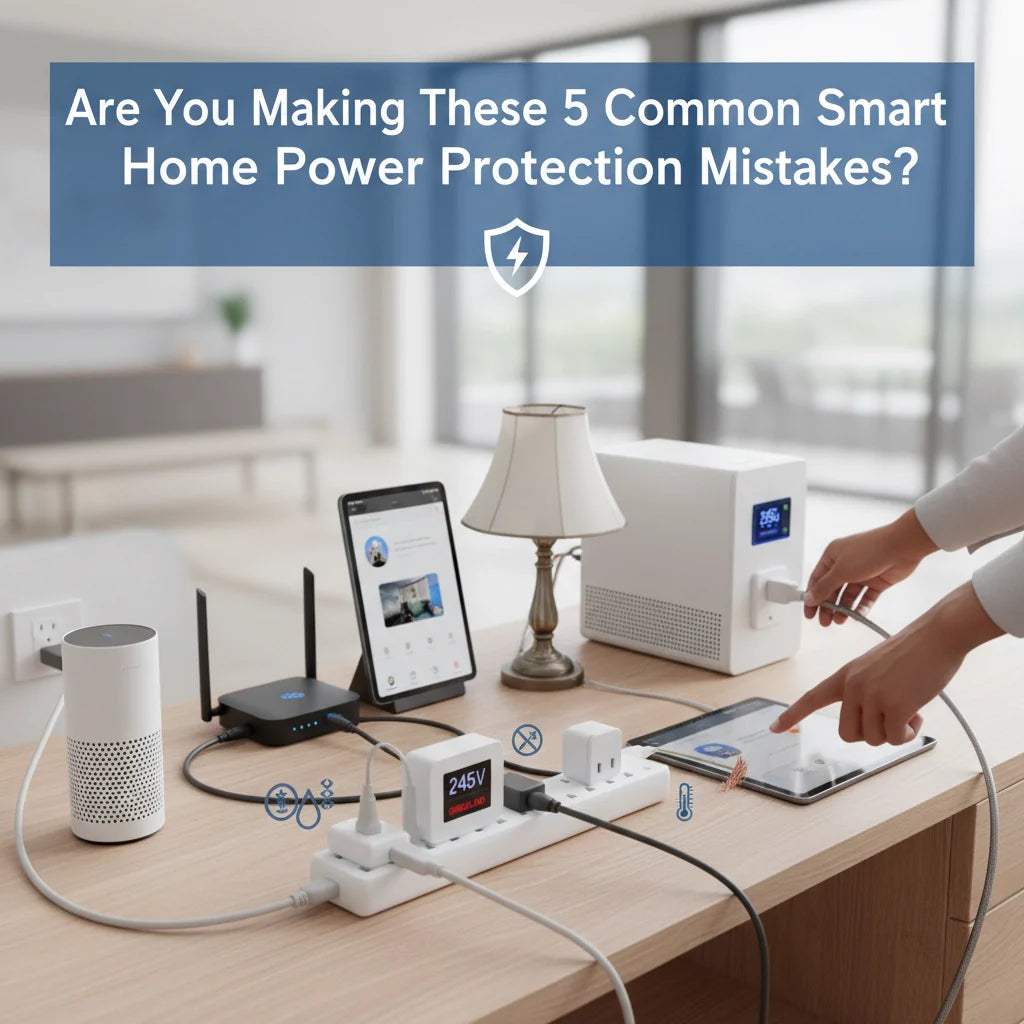
Are You Making These 5 Common Smart Home Power Protection Mistakes?
Share
Smart homes are getting more sophisticated every year, but here's the thing, most people are making critical power protection mistakes that could fry their expensive gadgets or leave them in the dark when they need their systems most. After working with countless customers over the years, I've seen the same power protection blunders happen again and again.
Let's dive into the five biggest mistakes I see homeowners making with their smart home power protection, and more importantly, how to fix them before something goes wrong.
Mistake #1: Overloading Your Power Sources
This one's a classic. You've got your smart security hub, Wi-Fi router, smart displays, gaming setup, and a dozen other devices all plugged into the same power strip or outlet. Sound familiar?
Here's what happens: Smart devices might look small and innocent, but many of them are power-hungry little monsters. Your security cameras, especially outdoor ones with night vision and wireless connectivity, can draw significant power. Add in a few smart speakers, a mesh router system, and that new smart thermostat, and you're asking for trouble.
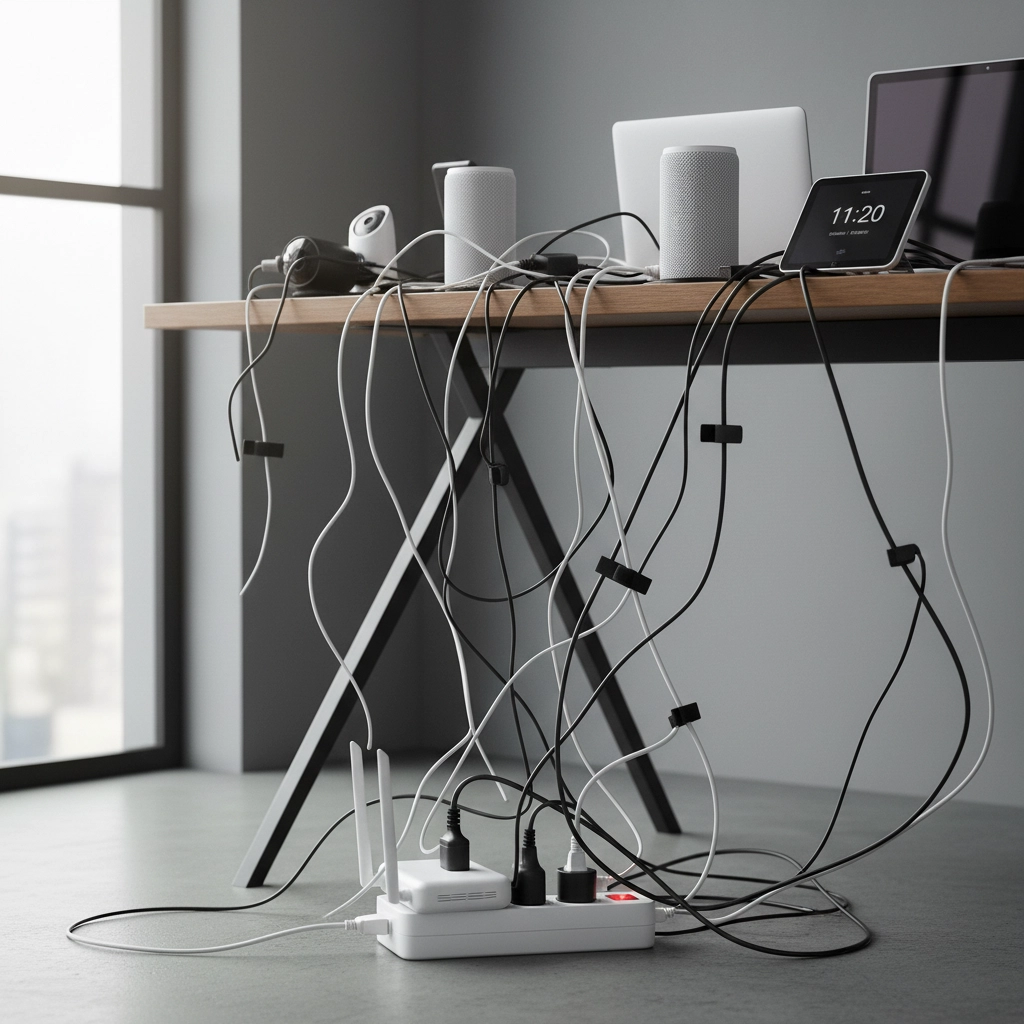
When you overload a single circuit, you're not just risking tripped breakers. You're also creating voltage drops that can cause devices to malfunction, reset randomly, or even damage their internal components over time.
The fix: Spread your devices across different outlets and circuits. Map out where your high-consumption devices are located and make sure they're not all competing for the same power source. If you're running out of outlets, invest in proper electrical work rather than just adding more power strips.
Mistake #2: DIY Surge Protection Gone Wrong
I can't tell you how many times I've walked into a home and found surge protectors installed incorrectly. The most common mistake? Double-tapping surge protective devices to existing breakers when there's no space in the electrical panel.
Another big one is improper mounting. I've seen surge protectors just hanging loose in electrical panels, making it impossible to check if they're actually working. Those little LED status lights are there for a reason, you need to be able to see them easily.
And please, don't try to extend the leads on surge protection devices by splicing wires together. That's not just ineffective: it's dangerous and violates electrical codes.
The fix: If you're installing whole-house surge protection, do it right or hire a professional. Make sure devices are properly mounted, have dedicated breakers, and are rated for their installation environment. For outdoor installations, verify the device is actually rated for outdoor use.
Mistake #3: Ignoring Your Battery-Powered Devices
Smart doorbells, wireless cameras, and sensors rely on batteries, but most people treat them like they're maintenance-free. They're not.
Old or cheap batteries don't just die faster: they can leak, damage your devices, or cause erratic behavior that makes you think the device itself is broken. I've seen expensive smart locks replaced when all they needed was fresh, quality batteries.
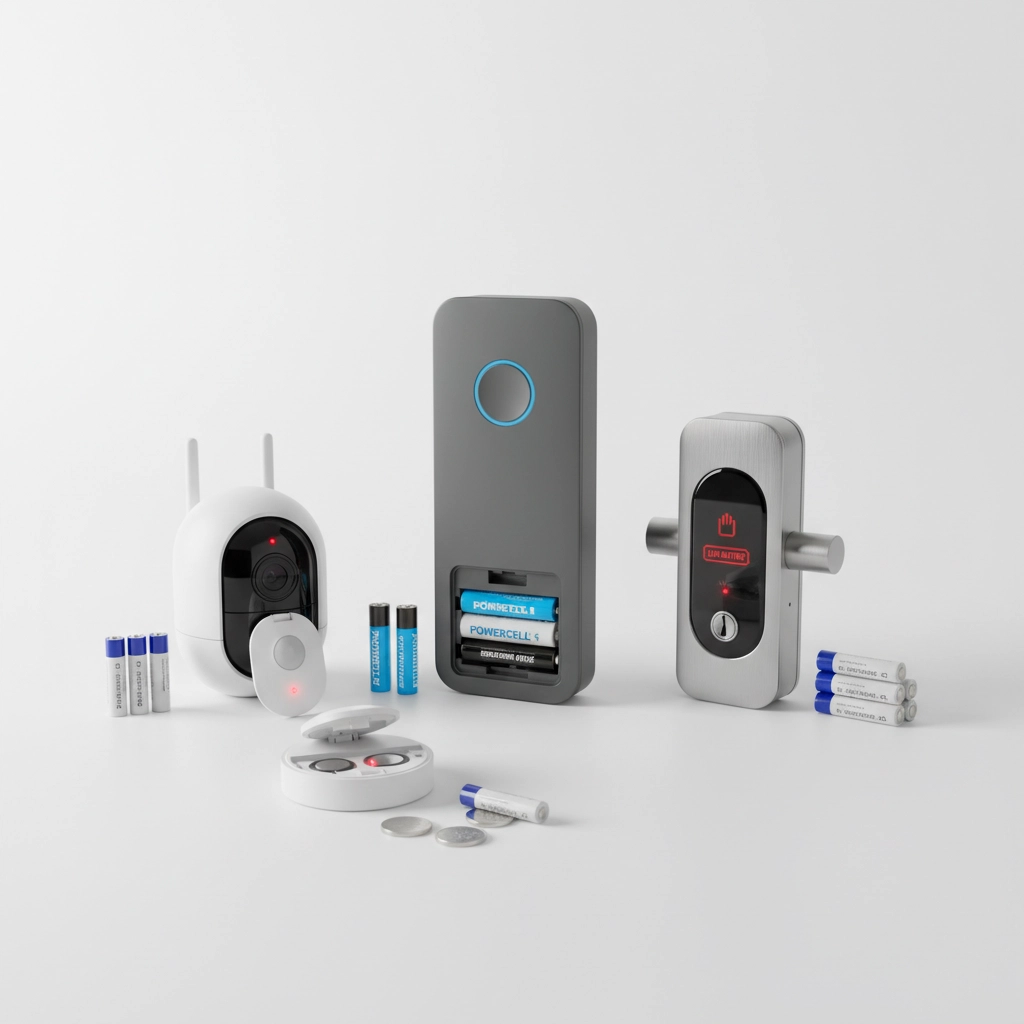
But here's the thing most people don't realize: many smart devices continue drawing power even when they're "off" or in standby mode. Background updates, maintaining network connections, and status lights can drain batteries surprisingly fast.
The fix: Use high-quality batteries and check them regularly. Most smart home apps will show you battery levels: actually pay attention to those notifications. For frequently used devices, consider switching to models that can be hardwired or use rechargeable battery packs.
Mistake #4: No Backup Power Planning
This is the big one that gets people every time. A power outage hits, and suddenly their entire smart home system goes dark. No security cameras, no smart locks, no internet: nothing.
Your smart home is only as reliable as its power source. Even a brief power interruption can cause devices to reset, lose settings, or go offline. And if your internet router doesn't have backup power, you can't control or monitor anything remotely.
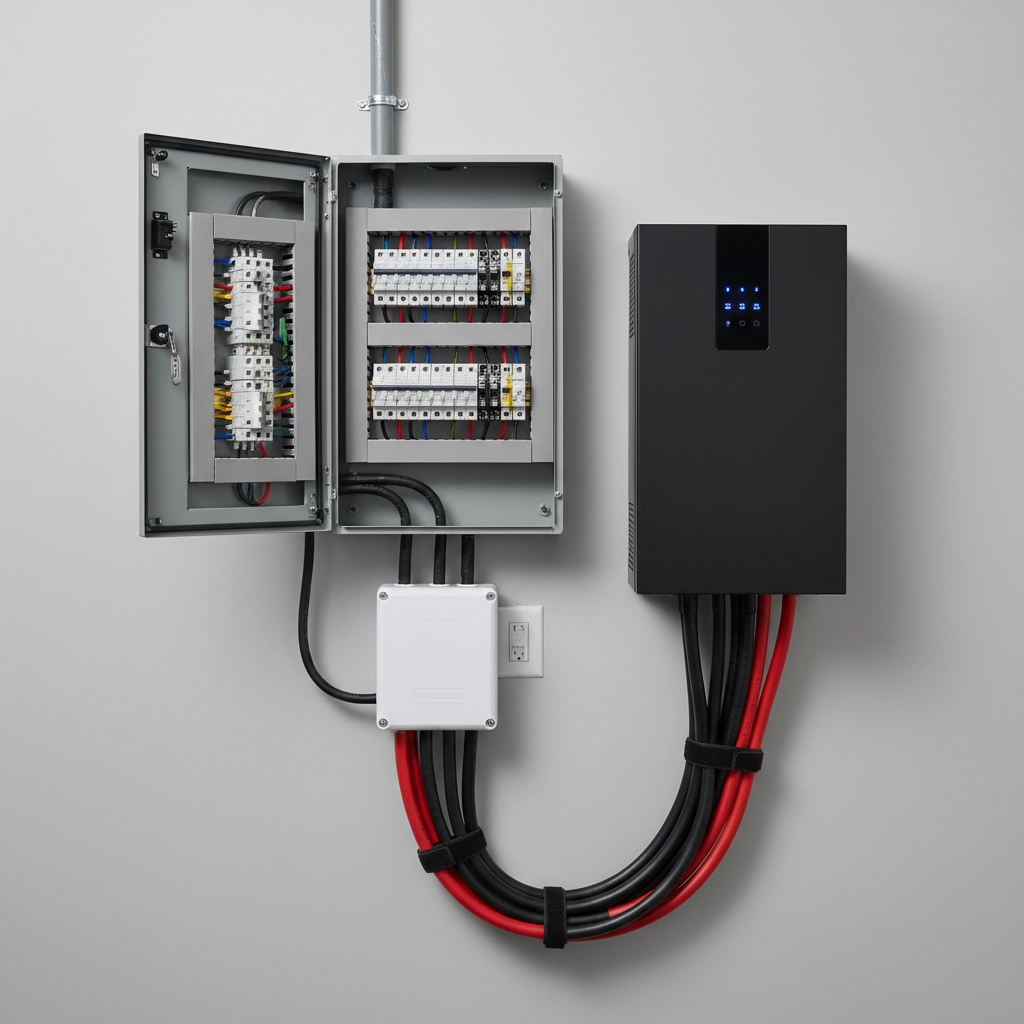
The solution isn't just any old UPS system, either. You need to match the backup power solution to your specific needs. A small desktop UPS might keep your router running, but it won't power your entire security system during an extended outage.
The fix: Invest in uninterruptible power supply systems strategically. Start with your critical devices: internet equipment, security hubs, and essential smart home controllers. CyberPower makes excellent UPS units that are perfect for home use, with models ranging from basic router backup to whole-system protection.
Mistake #5: Set-and-Forget Power Management
Most smart devices come with default settings that prioritize features over efficiency. Bright displays, constant connectivity, frequent updates, and maximum performance settings all drain power unnecessarily.
I see people complaining about high electric bills or constantly dead batteries, but they never adjusted any power settings from day one. It's like buying a sports car and wondering why your gas mileage is terrible while you're driving with the pedal to the floor.
The fix: Spend time optimizing your device settings. Dim displays when possible, set up sleep schedules for devices that don't need to be active 24/7, and disable unnecessary features like excessive notifications or always-on displays.
Create automation routines that put non-essential devices into low-power modes during certain hours. Your smart speakers don't need to be listening for voice commands at full sensitivity all night long.
Planning Your Smart Home Power Protection Strategy
The key to avoiding these mistakes is thinking about power protection from the beginning, not after something goes wrong. Map out your devices, understand their power requirements, and plan for both normal operation and emergency situations.
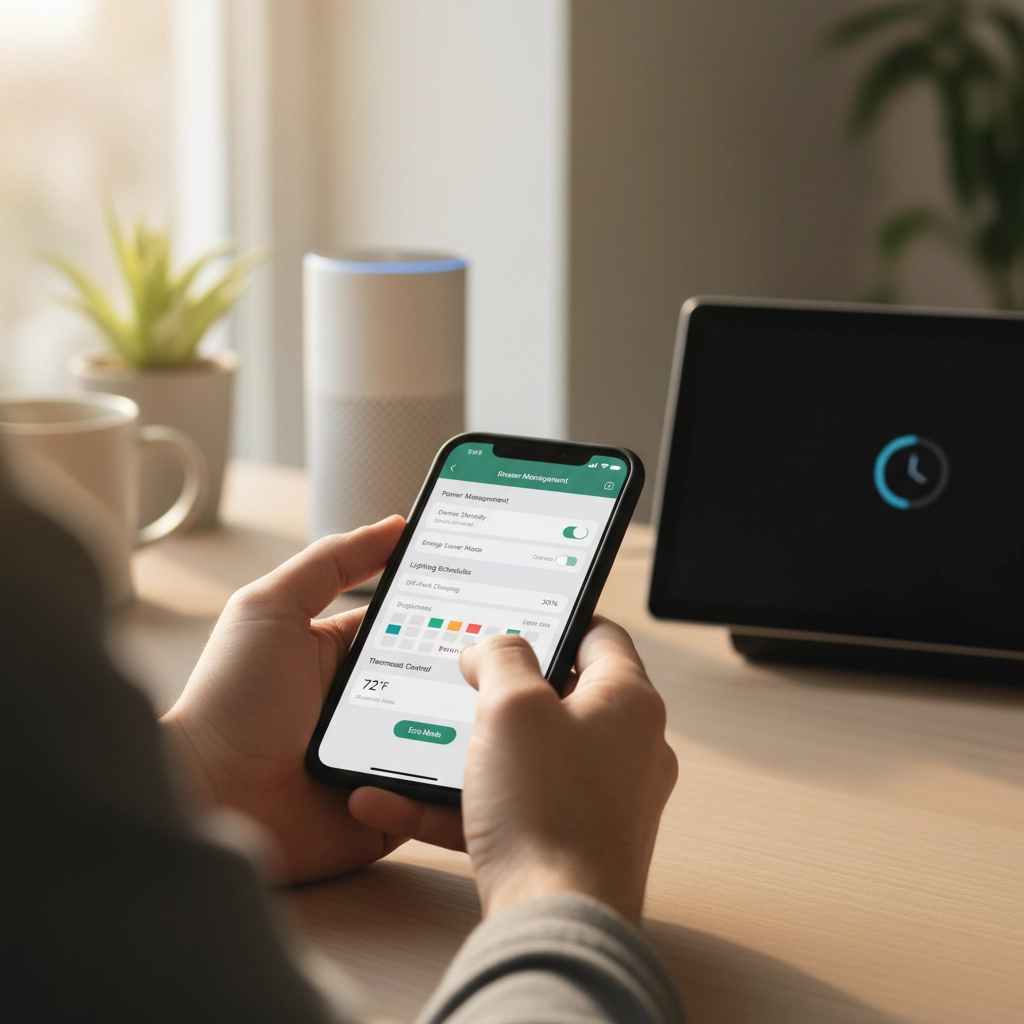
Consider your power protection in layers:
- Point-of-use protection: Surge protectors for individual devices or device groups
- Circuit-level protection: Dedicated surge protection for critical circuits
- Whole-house protection: Main panel surge protection for comprehensive coverage
- Backup power: UPS systems sized for your actual needs
Don't forget about power quality issues either. Voltage sags, surges, and electrical noise can cause smart devices to behave erratically even if they don't completely fail.
The Bottom Line
Smart homes are supposed to make life easier, but poor power protection planning can turn them into expensive headaches. These five mistakes are completely preventable with a little planning and the right equipment.
Start by auditing your current setup. Look for overloaded circuits, improperly protected devices, and single points of failure in your power systems. Then prioritize fixes based on what's most critical to your daily life.
Remember, the goal isn't to over-engineer everything: it's to create a reliable foundation that keeps your smart home working when you need it most.
Ready to bulletproof your smart home's power protection? Contact our team for a consultation. We'll help you identify vulnerabilities in your current setup and design a protection strategy that actually makes sense for your specific needs and budget.
Your future self will thank you the next time the power flickers and your smart home keeps running like nothing happened.
